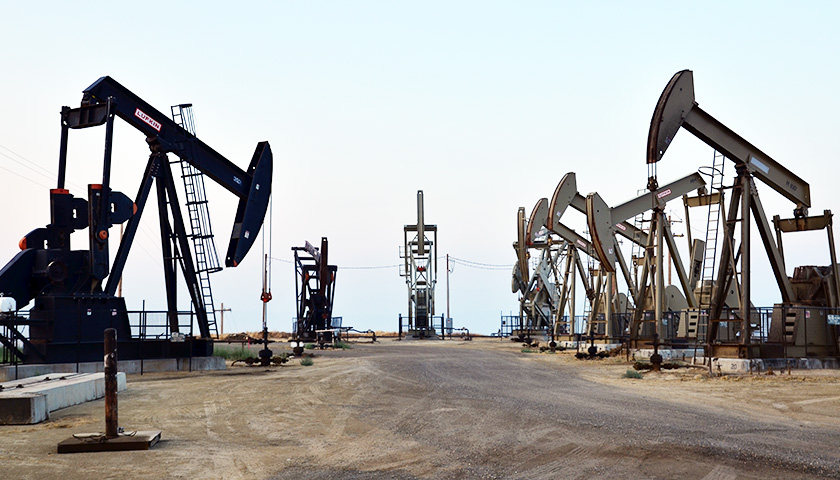by John Hugh DeMastri
While U.S. oil and gas deals slowed considerably in the first quarter of 2023, industry players are poised to make significant investments in shale over the next year, according to Axios.
Oil and gas mergers and acquisitions fell to $14.8 billion in the first quarter, down 47% from the fourth quarter of 2022, according to a report from accounting firm KPMG. However, after a record-breaking year left companies flush with cash, producers will be incentivized to “secure inventory, create operational efficiencies and put their capital to work,” Mike Harling, energy sector lead partner at KPMG, told Axios.
“A wave of shale deals, reminiscent of upstream mergers in 2020 and 2021, may hit the Lower 48 over the next 12-18 months,” Harling told the outlet. Andrew Dittmar, director at energy analytics firm Enverus, mirrored Harling’s comments to Axios, noting that while it won’t be cheap to secure more drilling sites, “in the long run it’s a less costly decision than running out of acreage to drill.”
 One particular area of interest for takeovers and other deals is the Permian Basin, located in Texas and New Mexico, which is the largest and most productive U.S. oil field, according to Bloomberg. Production in the basin is expected to grow by 40% — peaking at 7.86 million barrels per day — by 2030, but many of the region’s premier shale sites have already been tapped.
One particular area of interest for takeovers and other deals is the Permian Basin, located in Texas and New Mexico, which is the largest and most productive U.S. oil field, according to Bloomberg. Production in the basin is expected to grow by 40% — peaking at 7.86 million barrels per day — by 2030, but many of the region’s premier shale sites have already been tapped.
Shale wells — which can often be brought online in a matter of months — can lose as much as 60% of their production within their first year of activity, Bloomberg reported. To make up for this, big players in the highly fragmented region will likely make moves to consolidate their positions, buying out smaller companies and acquiring more acreage for potential drilling sites.
“We’re still mid-cycle in the consolidation phase of the Permian,” Matt Gallagher, former CEO of Parsley Energy before it merged with Pioneer Natural Resources in 2021, told Bloomberg. “We’ll never get down to only 10 players, but there’s hundreds left and it can get down to 10 relevant players.”
Pioneer — valued at roughly $53 billion — itself is the target of a potential buyout from Exxon Mobil, and the industry could spend up to $230 billion on mergers and acquisitions in 2023, Bloomberg reported, citing data from consulting firm McKinsey and Co. Other industry players, such as Diamondback Energy and NGP Energy Capital Management, are looking to offload their Permian investments.
While the consolidation is motivated by firms’ desire to secure more drilling sites, most mergers in 2023 will likely be made to secure future production, as opposed to boosting short-term production, according to Bloomberg. Oil producers typically cut production after major deals are closed, which could increase oil prices.
Oil prices had climbed through most of April following a surprise production cut from the Saudi-led OPEC oil cartel, Reuters reported. However, these gains were erased Wednesday amid concerns over the health of the U.S. economy, following a dismal earnings report from First Republic Bank and weak capital goods spending in March.
– – –
John Hugh DeMastri is a reporter at Daily Caller News Foundation.
Photo “Oil Rigs” by Bureau of Land Management California.





